
Filler Correction / Lip & Dermal Filler Dissolving

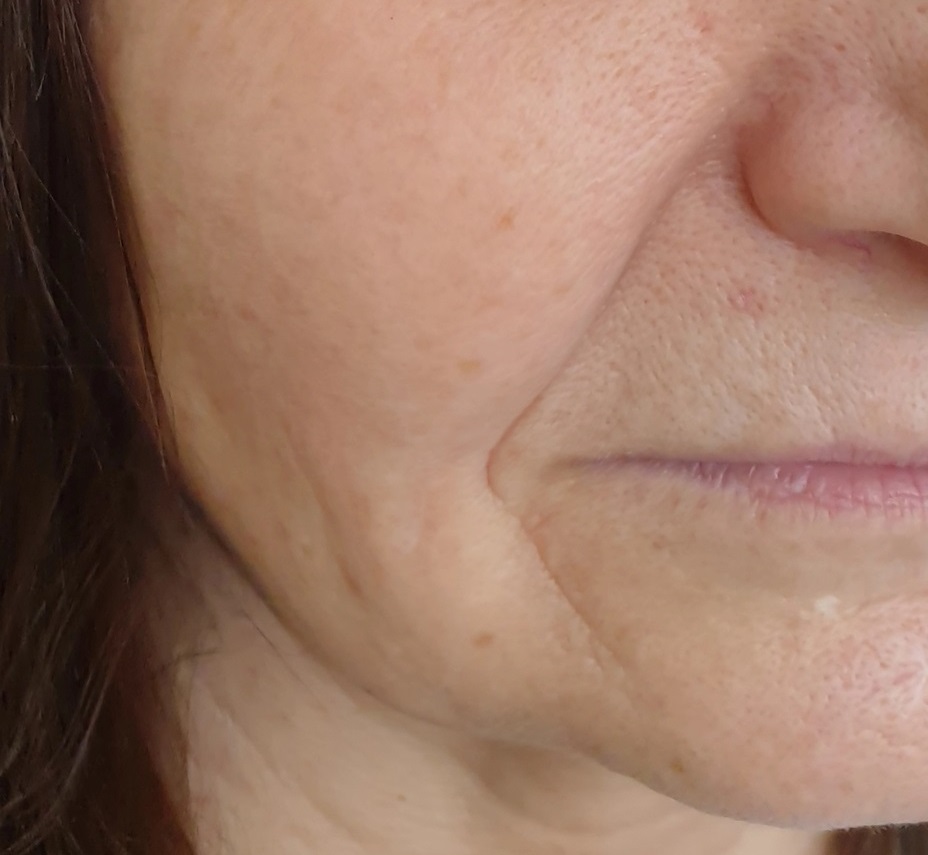


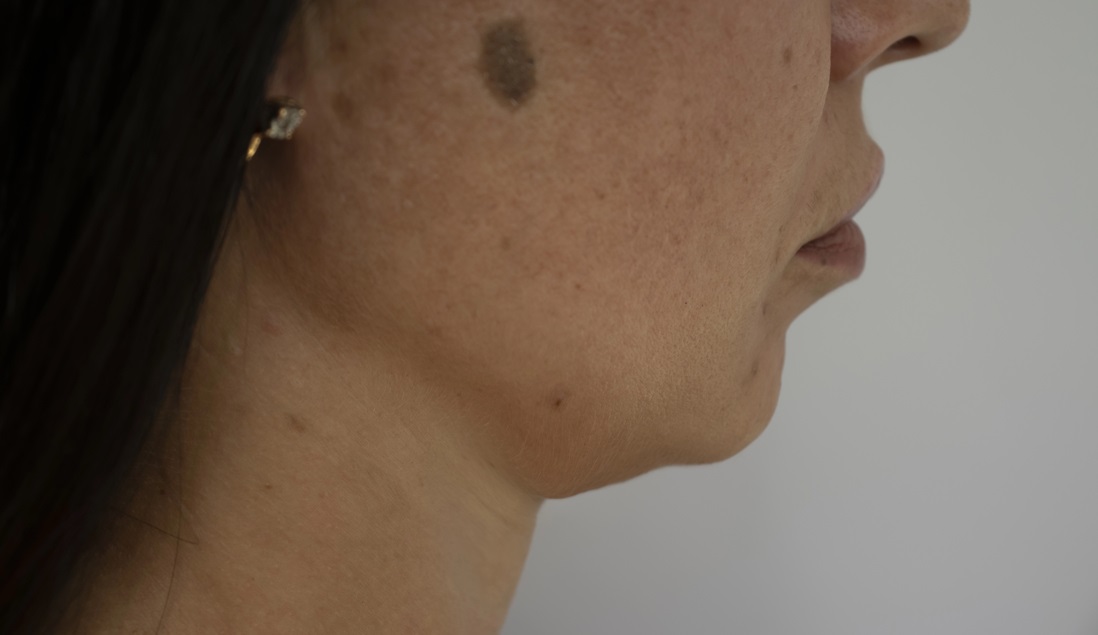
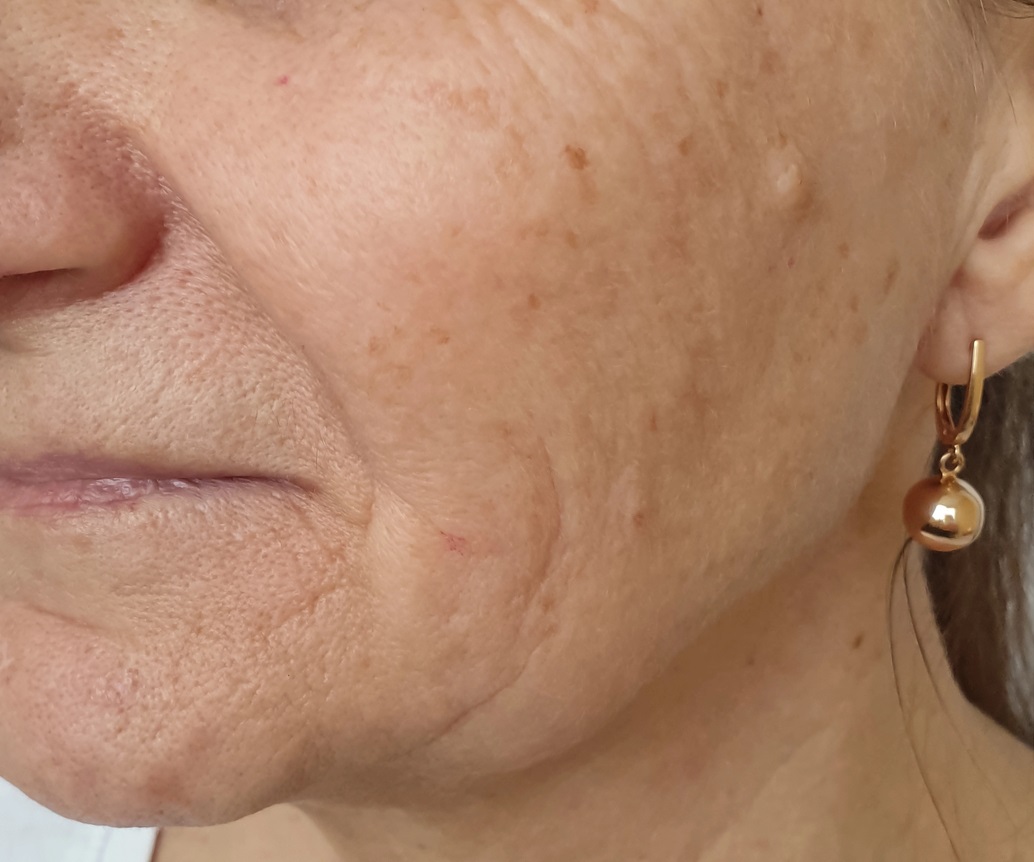
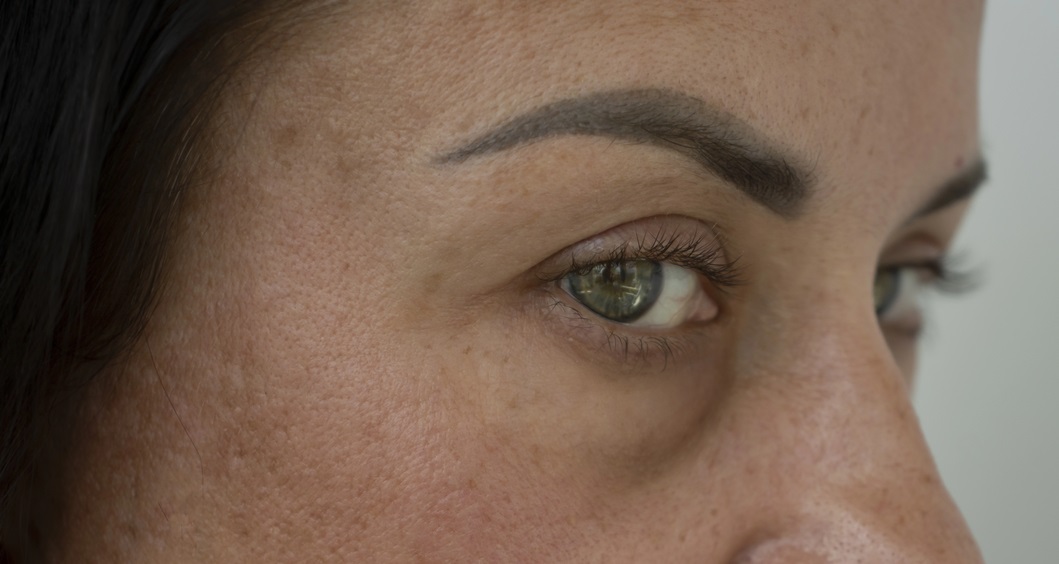
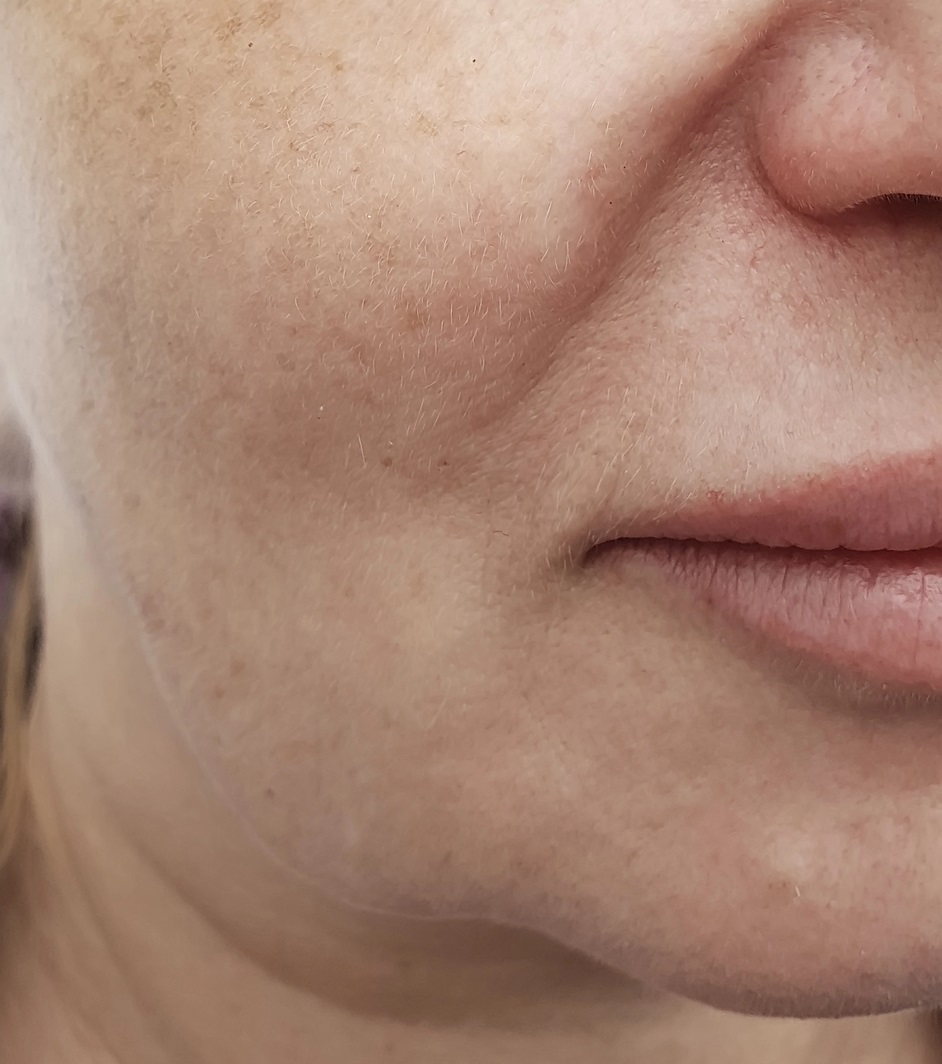
Nasolabial Fold & Facial Skin Sagging
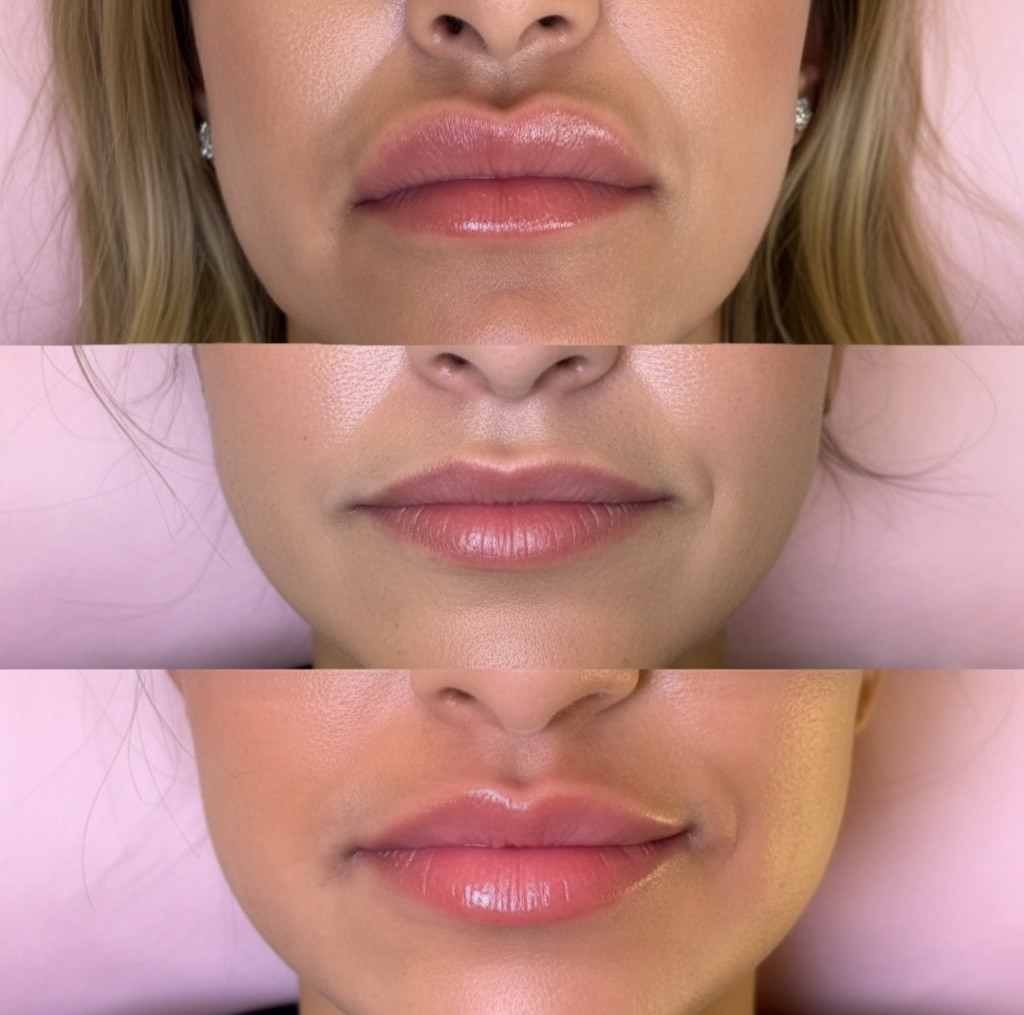
Lip Filler Migration, Dissolving, and Post-Treatment Correction
Initial lip filler treatment was not performed at LA Lips. Dissolving and post-correction treatments were conducted by an AHPRA-registered practitioner at LA Lips. All clinical imagery is shared for educational purposes.
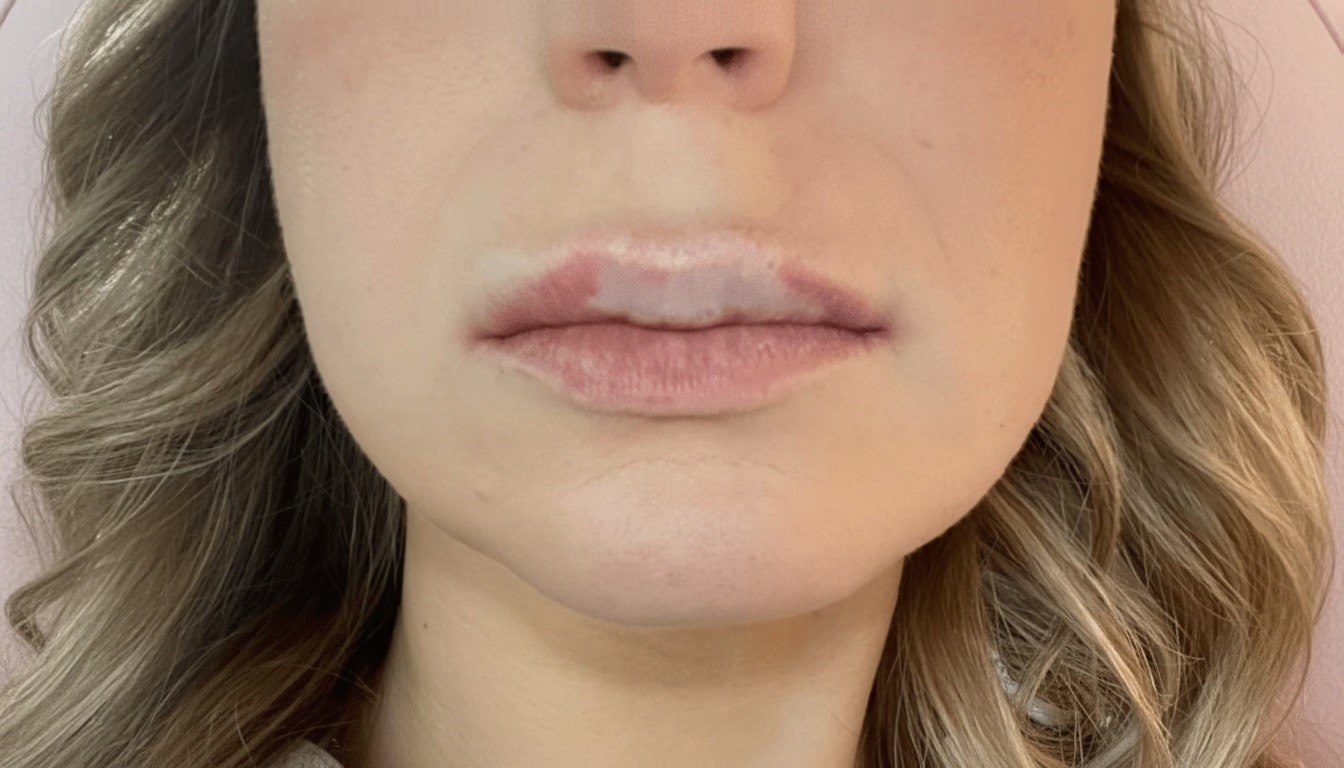
Lip Blanching - Potential Sign of Vascular Occlusion
Initial lip filler treatment was not performed at LA Lips. Dissolving and post-correction treatments were conducted by an AHPRA-registered practitioner at LA Lips. All clinical imagery is shared for educational purposes.
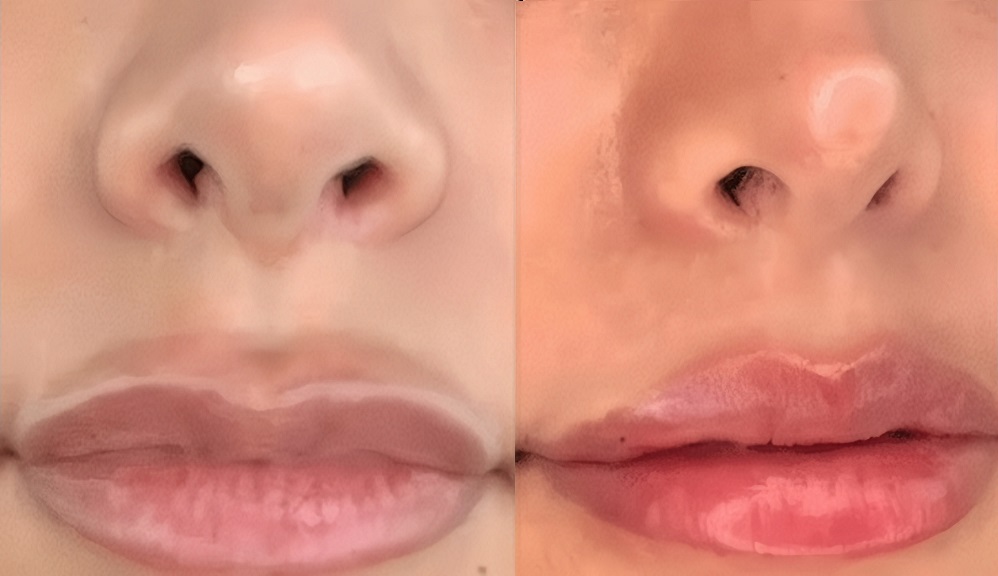
Lip Filler Migration - Upper Lip
Initial lip filler treatment was not performed at LA Lips. Dissolving and post-correction treatments were conducted by an AHPRA-registered practitioner at LA Lips. All clinical imagery is shared for educational purposes.
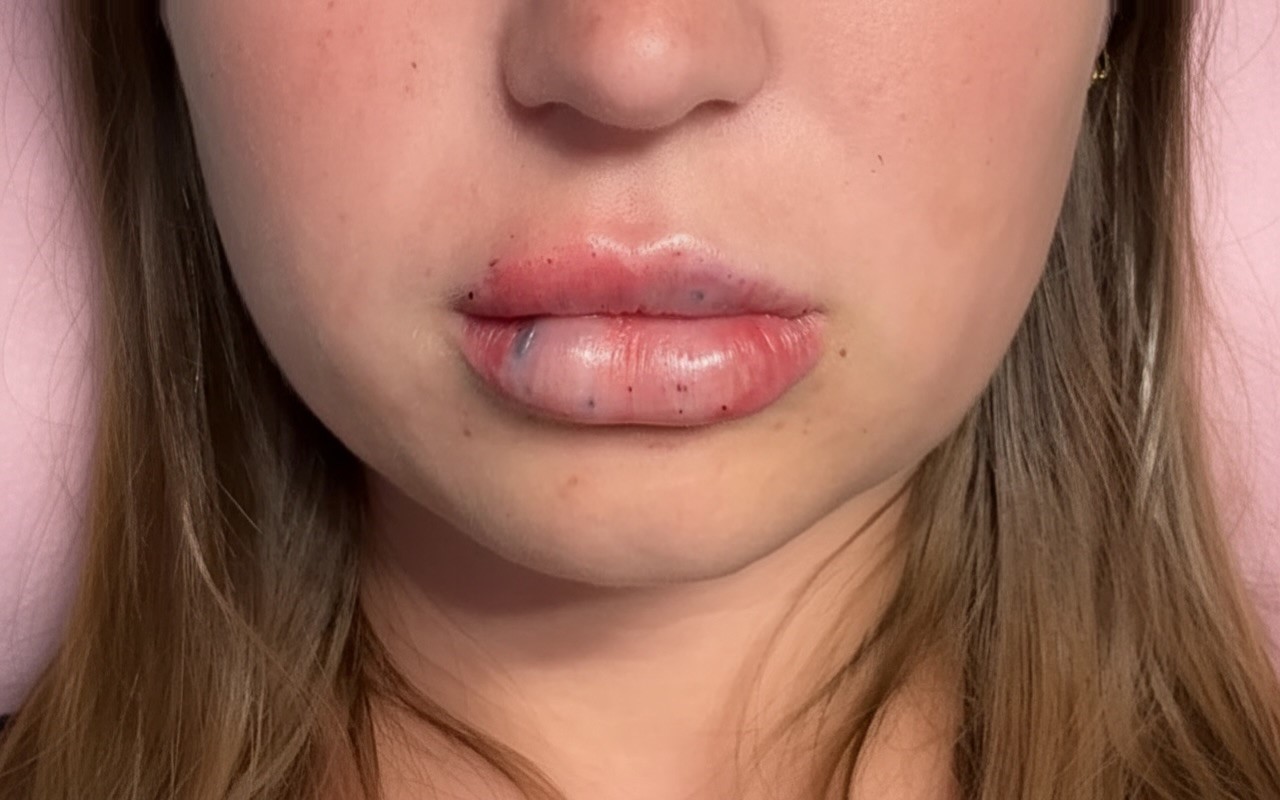
Lip Blanching & Reported Pain - Potential Sign of Vascular Occlusion
Initial lip filler treatment was not performed at LA Lips. Dissolving and post-correction treatments were conducted by an AHPRA-registered practitioner at LA Lips. All clinical imagery is shared for educational purposes.
Filler Correction / Lip & Dermal Filler Dissolving
Certain areas of the face are more prone to filler migration or irregularities due to their anatomy and frequent movement. The lip region, in particular, is one of the most common sites, as the tissue is highly vascular and mobile, and repetitive muscle activity can encourage product movement over time. Perioral areas (around the mouth) and tear troughs (under the eyes) are also more susceptible because the skin is thinner and the underlying structures delicate, increasing the likelihood of filler visibility or uneven distribution. In some cases, nasolabial folds or chin areas may require correction when filler placement or product behaviour changes with facial expression or swelling. Recognising these tendencies allows practitioners to plan treatments conservatively, monitor outcomes closely, and provide early intervention if migration or aesthetic imbalance occurs.
Recognising when correction may be required is important. Signs such as blanching, firm nodules, discomfort, or visible filler irregularities should be assessed promptly by a qualified healthcare professional. Early evaluation helps ensure that the area is treated quickly and appropriately, reducing the risk of long-term complications or vascular compromise. Follow-up appointments are essential for monitoring healing, assessing symmetry, and identifying any concerns early, allowing corrective action before issues become permanent.
A filler correction treatment is performed to adjust or dissolve unwanted filler safely and effectively, using a prescription-only medication administered by an Australian registered cosmetic clinician. The procedure is conducted with careful assessment and monitoring to ensure a safe and aesthetically balanced result.
New dermal filler or lip filler may be administered approximately four weeks after the correction treatment, once the area has stabilised and your treating practitioner has re-assessed the area.
Reference images demonstrating signs of potential vascular occlusion are provided on this page to assist clients in recognising when to seek immediate professional review.
Post Correction Treatment
Near-Infrared LED Light
MediLUX® LED Device (ARTG No. 317123)
Following a dermal filler correction procedure, 20 minutes under LED Light (Near-Infrared Light) is recommended to support recovery. This wavelength helps soothe redness and inflammation, promotes healing and circulation, and encourages cellular healing after minor microtrauma. This LED Light also assists in reinforcing the skin barrier, supporting a calm post-treatment result.
